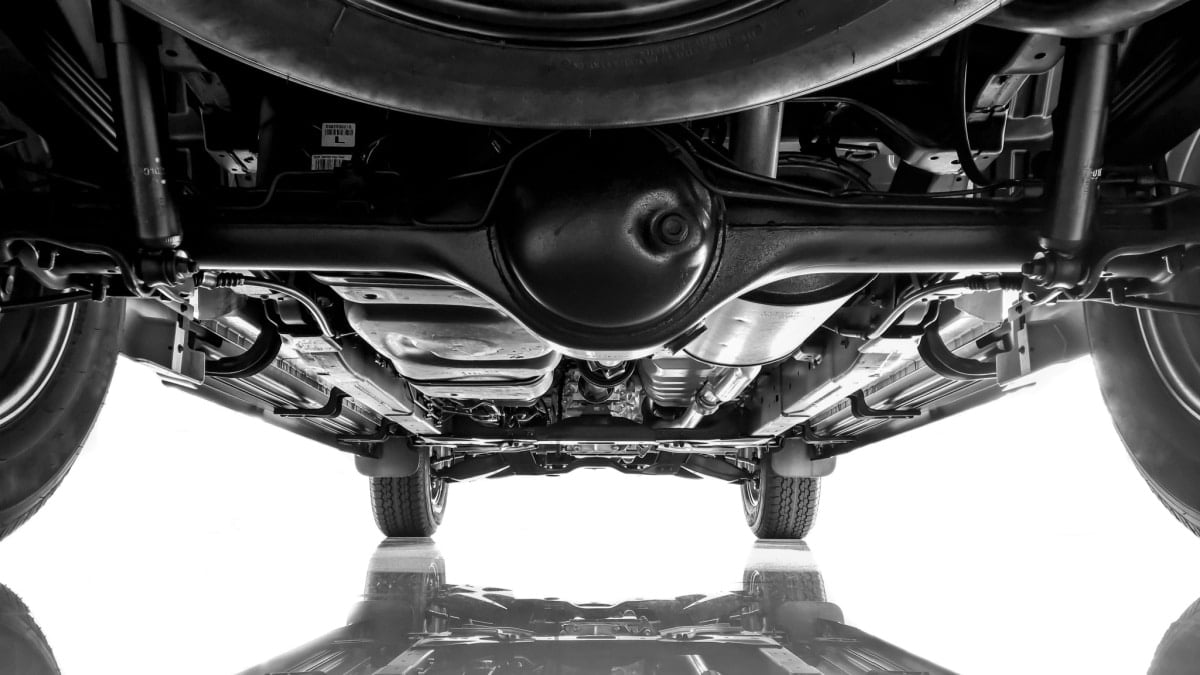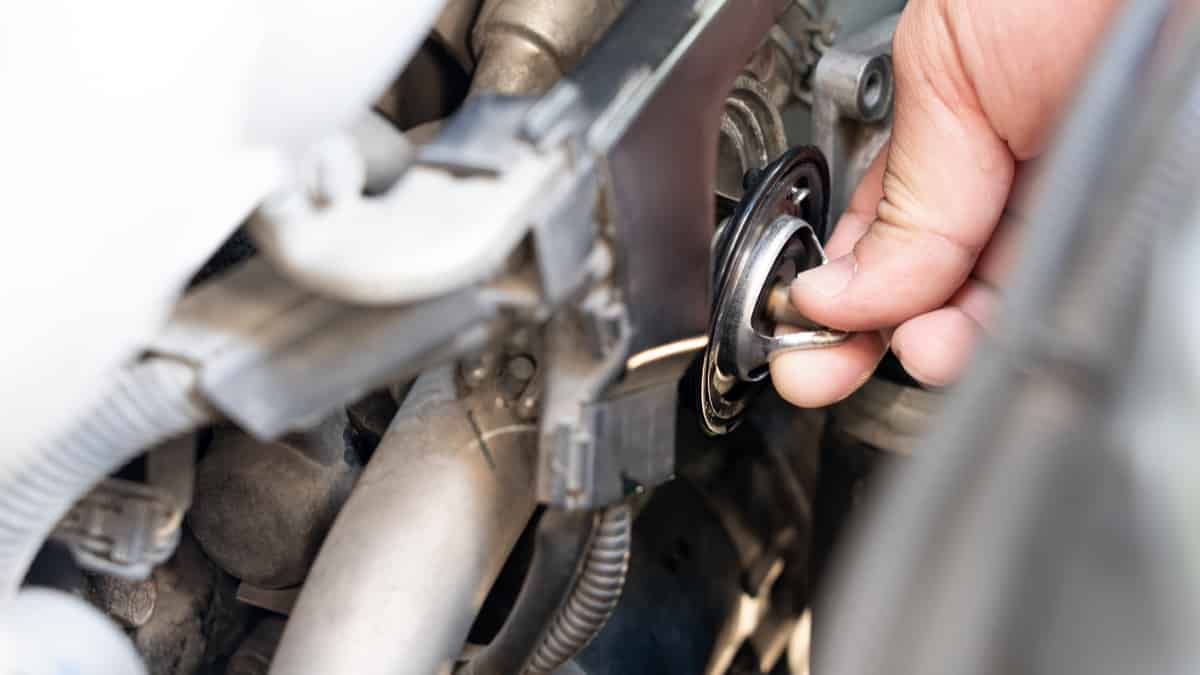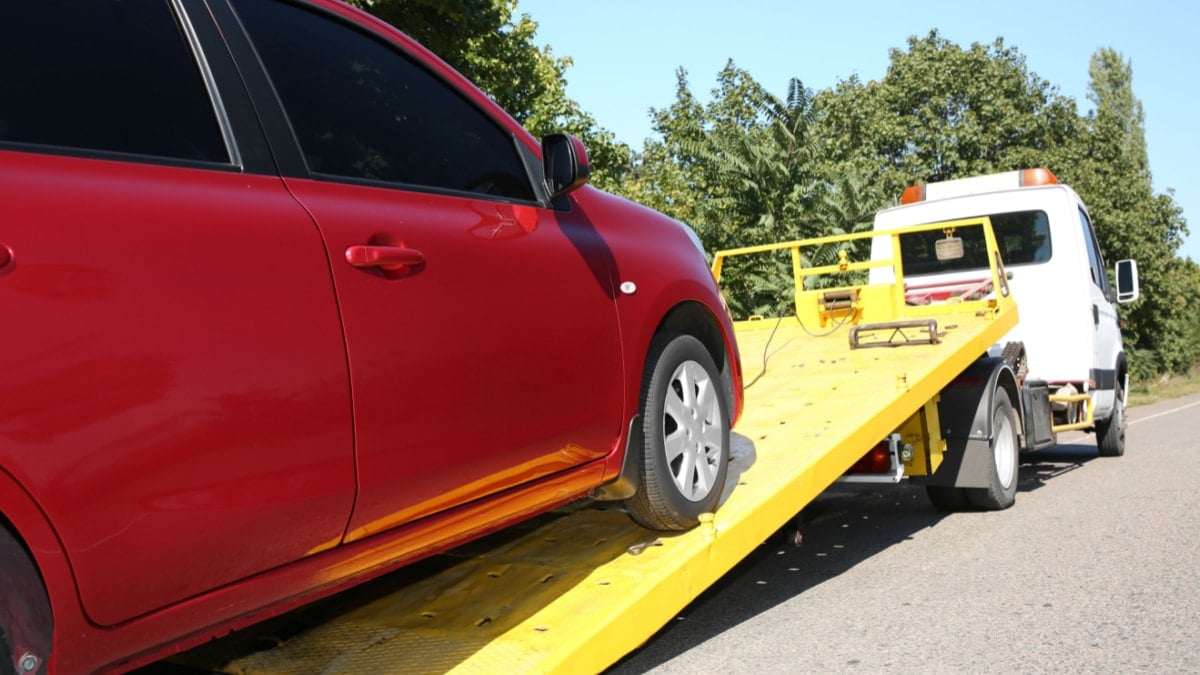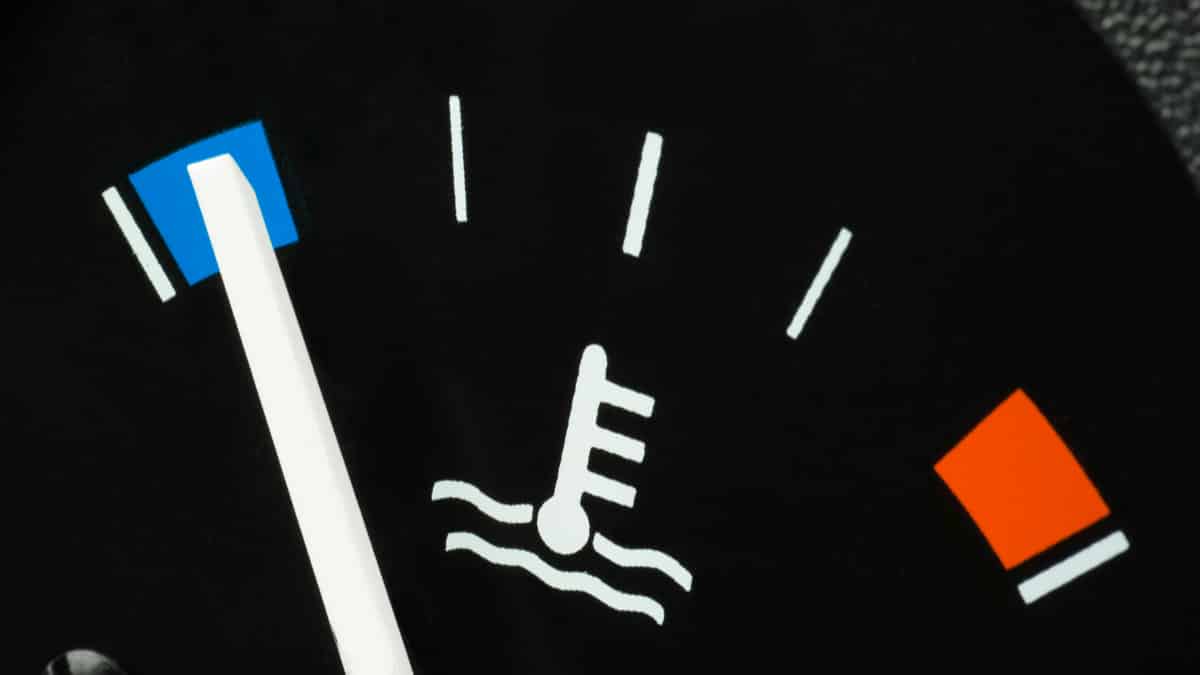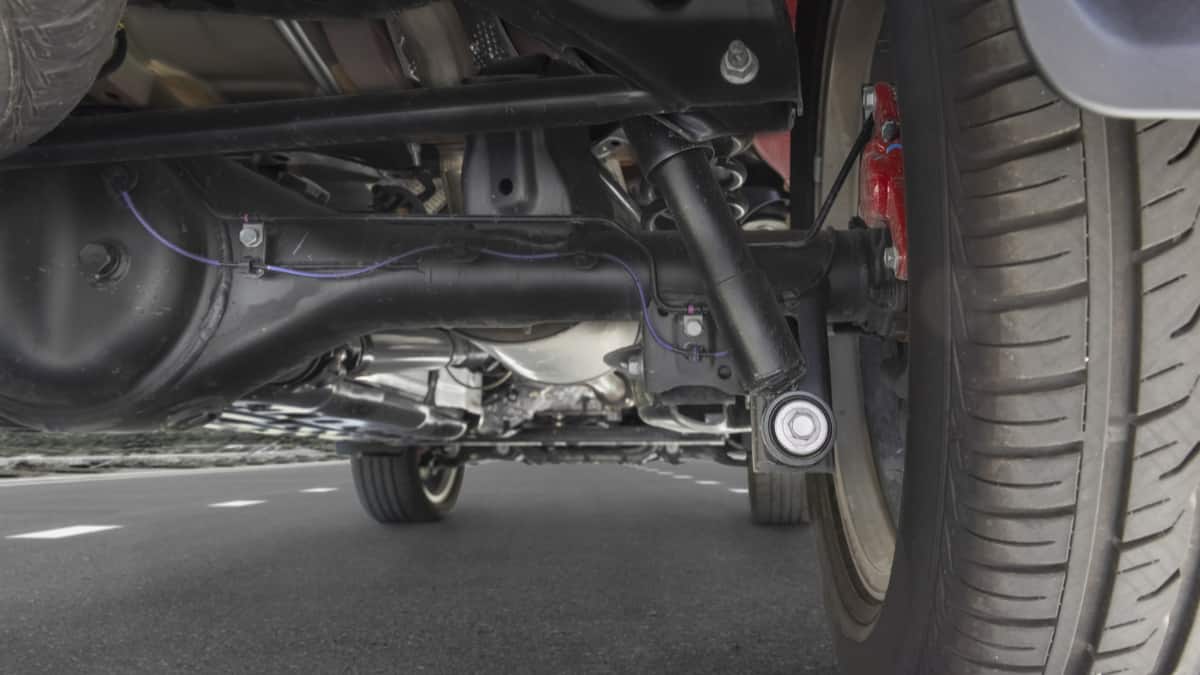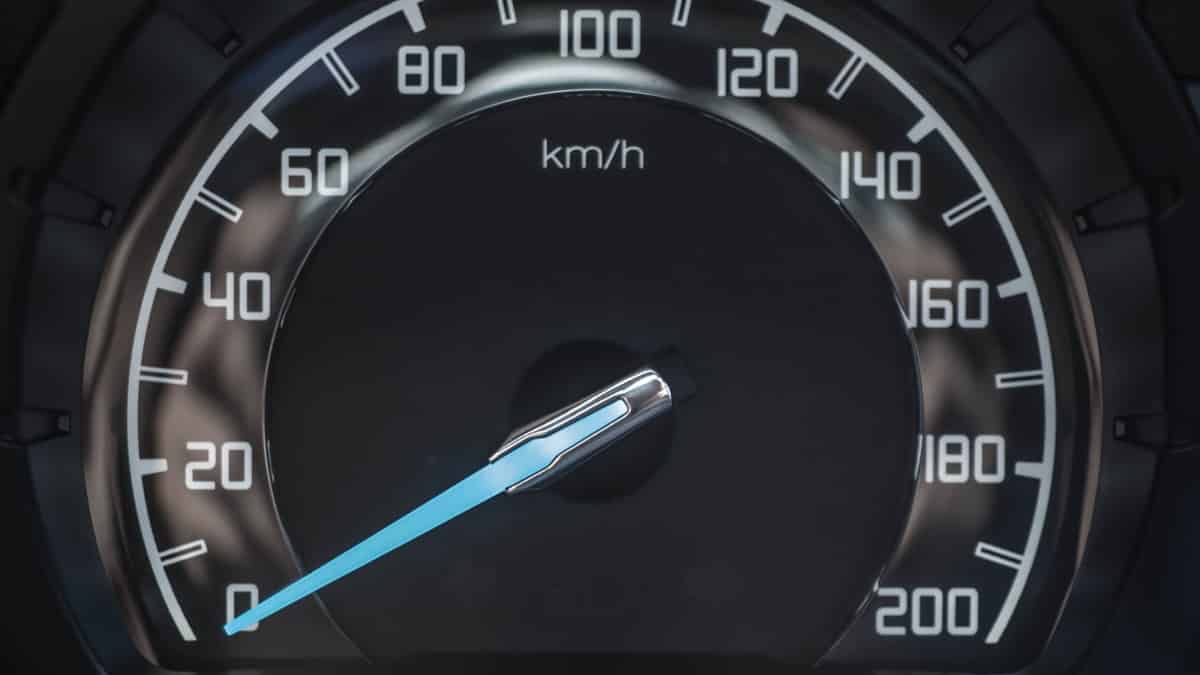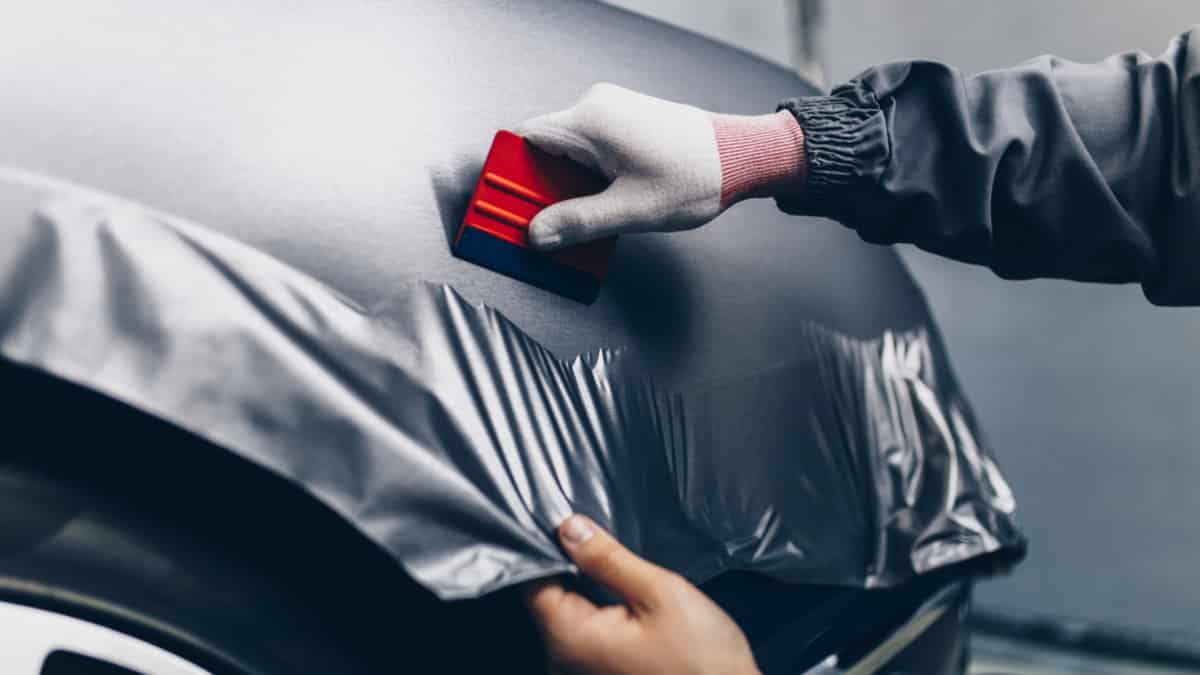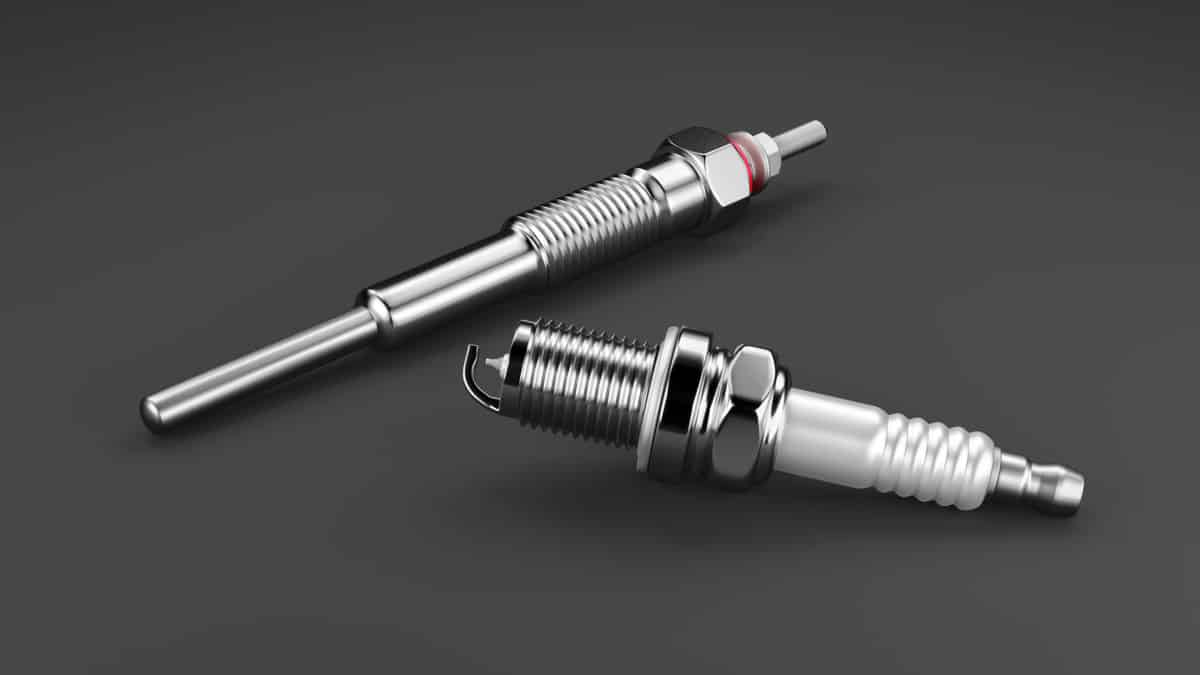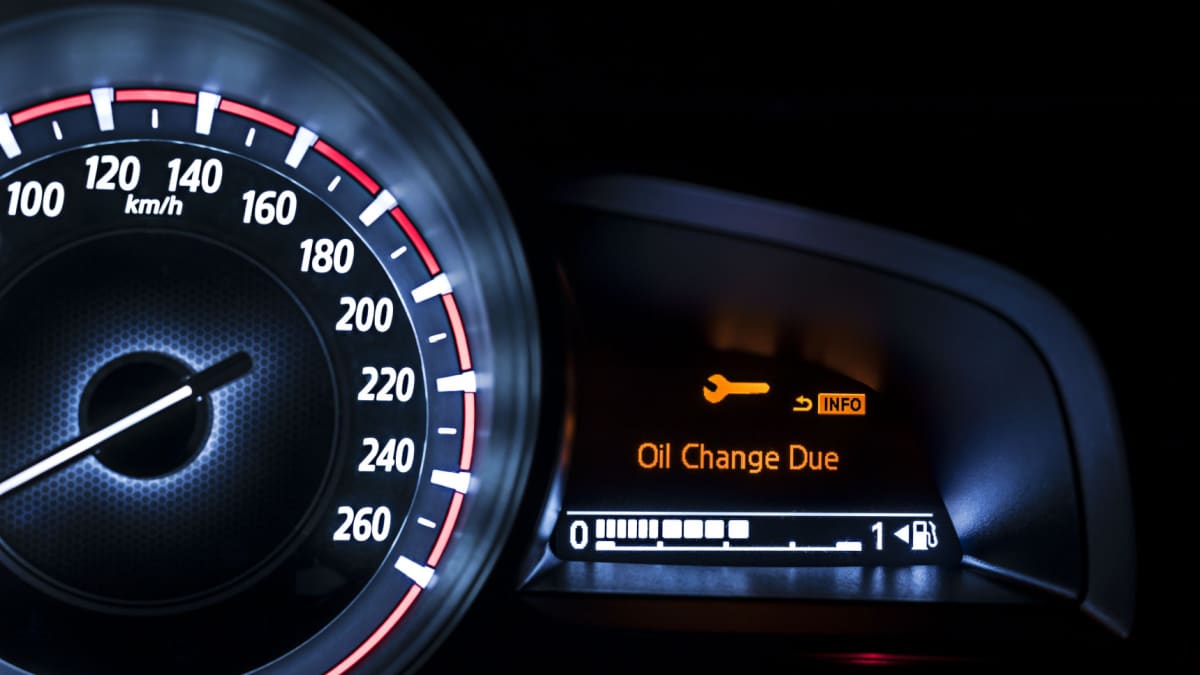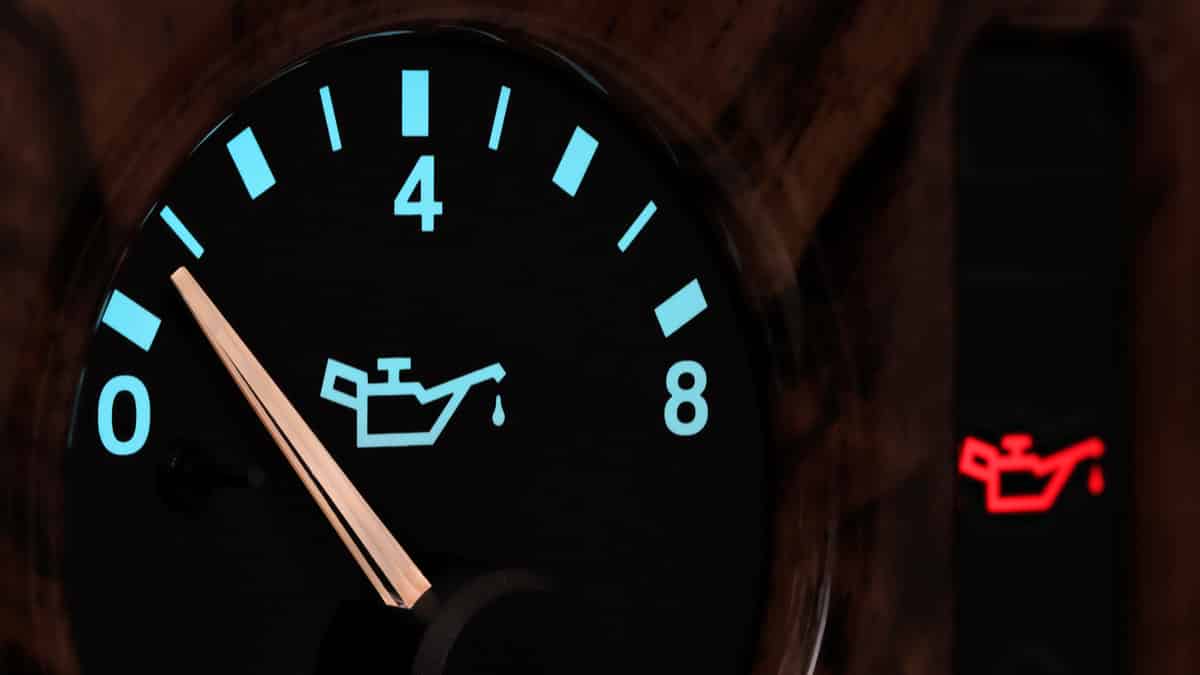Few people give thought to the importance of the axles on a car until there’s a problem. Yet, the axles are a main part of the vehicle. In fact, the car couldn’t run without them. How many axles does a car have, and why should you care?
For every set of tires, there should be an axle. The majority of passenger vehicles have two axles, one in the front and another in the rear. Larger vehicles can hold more wheels, which would require additional axles. The exception would be a dually truck with four wheels on one axle.
In this guide, we review what a car axle is and the different types that could be on your vehicle. We also discuss when a car axle may need to be replaced, and we help you figure out how much it could cost you. At the end of our guide, we cover the number of truck axles you may find on the road.
What is a Car Axle?
The car axle is a central shaft made from steel that allows the rotation of the wheels. For the wheels to revolve normally, the axle must be working properly. Every vehicle has axles, normally two of them.
With the axle, there are also bearings that support the structure. These bearings are found in the middle of the car wheels. With the help of the axle, the wheels also remain aligned, ensuring that the vehicle is supported during acceleration and braking.
The axle connects the pairs of wheels together and it helps to control the power. Power comes out of the engine and is transmitted to the axle to make the wheels move.
RELATED: How Much Does A Shock Replacement Cost? (Front & Rear)
Car Axle Types
1. Rear Axle
A rear axle is needed to deliver power to the back wheels when they are driving the vehicle. The rear axle typically consists of two separate halves, otherwise called half shafts. These are connected together by a differential. Most rear axles are considered live, showing that they also rotate along with the wheels.
There are different types of rear axles. The semi-floating axle connects the wheel to a flange that’s found on the outside of the axle shaft, where it is held securely. There’s a bearing used to support the axle shaft. Another bearing is found in the axle casing. With the two bearings, the semi-floating design must be larger to create the same amount of torque as smaller designs. You can find these on passenger cars, compact and mid-size trucks and a variety of SUVs.
A full-floating axle remains in place and holds its position with the help of two bearings. It transmits the driving torque and is ideal for larger vehicles. That’s why this design is often included with heavy-duty vehicles. However, a mid-size truck could also contain this design if it has four-wheel drive or a high towing capacity. The other option is to have a three-quarter floating axle. These are the most complex designs but are also considered to be more reliable. The three-quarter floating axle maintains wheel alignment but also handles the driving torque and side thrust.
2. Front Axle
The front axle is placed at the front of your car. In addition to helping with driving torque, this front axle is used as part of the steering system. It can also work together with the shocks to dampen the road. Front axles have three main components, the track rod, beam and swivel pin. Typically, the front axle is going to be made from nickel or carbon steel.
Front axles are either considered dead or live. The live front axle is meant to deliver power from the car’s gearbox to the wheels. In comparison, the dead front axle remains in place and doesn’t handle the rotation.
3. Stub Axle
Front axles can also contain what’s known as a stub axle. The stub axles get connected to the front wheels and kingpins connect them to the main front axle. Among stub axles, you have four main options to choose from.
With the Elliot type, a kingpin, cotter and yoke are used for the connection. There’s also a Reverse Elliot, which has the same design but is in the opposite configuration. Additionally, vehicles can have a Lamoine stub axle with its L-shaped spindle being used instead of the yoke hinge. As expected, the Reverse Lamoine is the opposite configuration but contains the same design.
When Should an Axle Be Replaced?
Why would an axle break in the first place? Axles endure a lot of stress and can wear out over time. If the vehicle has driven many miles or the car has been sitting for a long time, the axle can start to rust and become brittle. You can also wear down the axle sooner if you are rough on the vehicle. Driving over rough terrain on uneven surfaces can cause excessive wear to the axle.
So, how do you know when to replace an axle? As you put the vehicle into gear, you might hear an unusual clunking noise. You could also feel vibrations in the vehicle, mainly noticed when you turn or brake. As you take a turn, the travel might not feel right. There could be excessive movement or unusual effort needed to make the turn. Bad axles can also mess with the wheel alignment.
Axles also contain some amount of gear lube. If a visual inspection reveals that there’s a leak on the inside of the wheels, the problem could be with the axle seals. However, this problem won’t be noticed unless a visual inspection occurs.
Whenever the ride feels off or you hear new sounds, it’s best to have the structure and suspension inspected. The same symptoms can appear for a multitude of problems that only a professional can discern between. Either way, you want to have the problems fixed as soon as possible before an accident occurs.
Cost for Axle Replacement
If there’s a problem with the axle, you could be looking at extensive costs, depending on what needs to be replaced. For example, if the entire axle needs to be replaced, you could easily spend $500 to $1,200, including the parts and labor. Usually, the front axle replacement is going to cost more than rear axle replacement, and this is the most commonly needed.
RELATED: How Much Does it Cost to Replace a Car Axle?
However, it’s also possible that only a CV axle needs to be replaced. If so, you could spend $100 to $500 instead. It’s also possible that a CV boot needs to be replaced, which could cost $100 to $200 for parts and labor. Obviously, this is the cheapest axle repair you could face. The best part is that if you can perform any of these repairs on your own, you can avoid the labor portion and put some money back in your pocket.
The cost you face all depends on what type of vehicle you drive. Based on the make and model of your vehicle, along with the drivetrain configuration, you could be looking at any number of parts that require replacement. The best way to save money is to have the axles and suspension checked regularly. If you can head off problems in advance, you may not have to spend so much on a replacement.
How Many Axles Does A Truck Have?
Now that we’ve looked at passenger vehicles let’s take a closer look at what you can expect from commercial trucks. You are probably used to seeing 18-wheeler trucks, but the variety available goes far beyond that type. Commercial trucks can contain two to eight or more axles, depending on how many wheels it has and how heavy of a load it’s meant to carry.
There are plenty of commercial trucks on the road with a single rear axle. These are considered light-duty trucks for personal use or to haul a smaller load. You will find this design with dump trucks, utility trucks, pickup trucks and moving trucks.
On the larger side, you have the 18-wheeler trucks. How many axles are found on an 18-wheeler? With the 18 wheels, you will find five axles in most configurations. Every axle is considered a dually except for the one found in the front. In the front, there is one wheel on each side. Otherwise, you will find four total wheels per axle, two on each side, totaling 18 wheels.
Learn more:
Categories: Suspension
